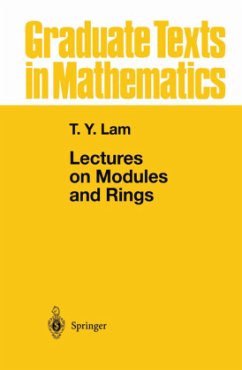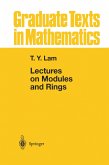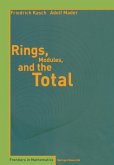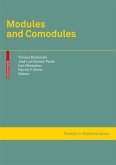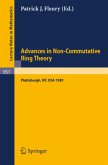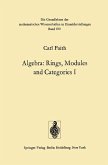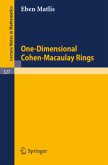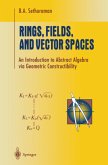Textbook writing must be one of the cruelest of self-inflicted tortures. - Carl Faith Math Reviews 54: 5281 So why didn't I heed the warning of a wise colleague, especially one who is a great expert in the subject of modules and rings? The answer is simple: I did not learn about it until it was too late! My writing project in ring theory started in 1983 after I taught a year-long course in the subject at Berkeley. My original plan was to write up my lectures and publish them as a graduate text in a couple of years. My hopes of carrying out this plan on schedule were, however, quickly dashed as I began to realize how much material was at hand and how little time I had at my disposal. As the years went by, I added further material to my notes, and used them to teach different versions of the course. Eventually, I came to the realization that writing a single volume would not fully accomplish my original goal of giving a comprehensive treatment of basic ring theory. At the suggestion of Ulrike Schmickler-Hirzebruch, then Mathematics Editor of Springer-Verlag, I completed the first part of my project and published the write up in 1991 as A First Course in Noncommutative Rings, GTM 131, hereafter referred to as First Course (or simply FC).
"As in the previous book, the presentation is extremely clear and incisive and the exercises are both interesting and challenging. Without a doubt, the book could indeed serve as a textbook for a very good---though definitely formidable---graduate course in ring theory. The author is the first to admit, in his introduction, that he is far from having covered all of the interesting topics in noncommutative ring theory. Therefore, given the high level of presentation of the two books he has already published, one can only hope that a third volume will be in the offing, despite his "solemn pledge" to the contrary."--MATHEMATICAL REVIEWS

